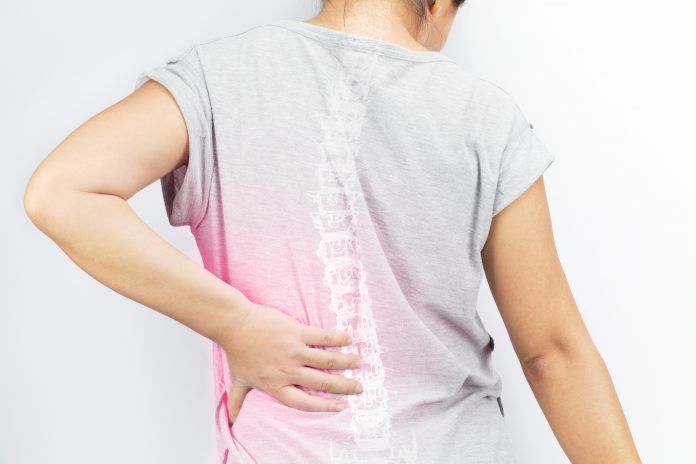
European researchers have identified dozens of new areas of the genome linked with disc issues in the spine using data from three major biobanks.
The study of more than 800,000 people identified 41 previously unreported genetic loci associated with disc herniations in the lumbar spine. These are also sometimes known as slipped, ruptured, bulging, or protruded discs.
Many of the genetic regions reported in the study published in Nature Communications potentially affected the structure of discs and inflammatory factors. Others were linked with nerves and their function.
The research expands the genetic landscape of lumbar disc herniations and could help develop therapeutics, preventive measures, and management strategies for issues such as radiating pain.
“We found susceptibility genes that can, for example, partly explain the prolongation of pain and also clinically observed differences in the pain experienced by patients,” said study co-author Ville Salo, a doctoral researcher at the University of Oulu in Finland.
Disc herniation is one of the most frequent structural issues that causes symptoms in the lumbar spine. It can cause radiating pain in lower extremities, pinched nerves, and is particularly associated with sciatica.
Salo and co-workers examined different genetic features behind lumbar disc herniation (LDH) in a genome-wide association analysis involving the FinnGen project together with Estonian and U.K. biobanks. This was followed by a genome-wide meta-analysis to combine the results.
The study analyzed genetic and health data from a total of 829,699 participants and identified 64 loci associated with the risk of LDH, of which only 23 had been previously identified.
Numerous loci were found in the vicinity of genes relating to inflammation or disc-related structures, indicating their importance in the pathogenesis of LDH.
Others were involved in the growth and regulation of nerve axons, suggesting a potential link with genes affecting the nerves and nervous system. Dysfunction in these genes could lead to intervertebral disc innervation and increase feelings of pain, the researchers speculated. There were also links with genes involved in synaptic transmission.
Additionally, the study examined disc herniation among patients who required surgical treatment. This identified five previously unreported loci associated with more severe disc herniations that required surgical intervention as well as replicating three previously associated loci.
“In conclusion, the previously unreported LDH risk loci that we found expand the understanding of the hereditary causes of LDH,” the researchers reported.
“While changes in disc-related structures and inflammation-related factors play a major role in the etiology of LDH, our results from multiple downstream analyses suggest that nervous system-related mechanisms may also be implicated.”









